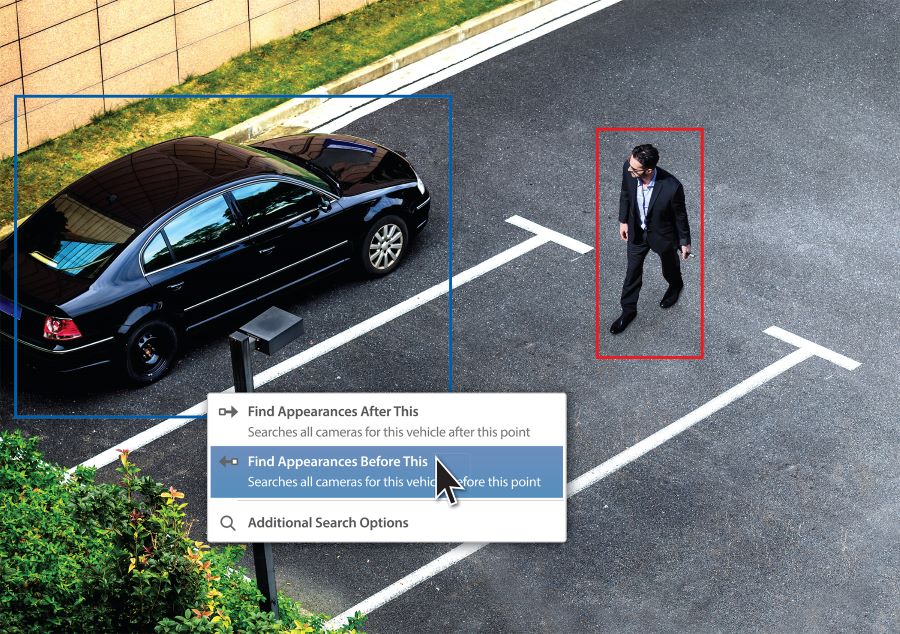The Benefits of Physical Intrusion Detection Systems
Secure Businesses, Schools, and Government Agencies with the Latest Proactive Security Measures

In our over 70 years of protecting businesses, schools, and government agencies, we’ve learned that the best type of security is one that takes a proactive stance. Once an intruder enters the grounds, it becomes much more difficult to protect our children, employees, clients, and assets.
An intrusion detection system is one of the systems we employ that keep our clients safe in Dallas, TX. Let’s explore what they are and how they’re indispensable in a robust security system.
SEE ALSO: Why You Need Regular Security System Inspections for Your Premises
What Is Intrusion Detection?
You’ve probably heard this term used in today’s world of cybersecurity threats. These types of intrusion detection systems are devices or software applications that monitor a network for suspicious activity and vulnerability.
In this post, however, we’re referring to physical intrusion detectors. These are designed to detect and track intruders seeking unauthorized access to a secure area or property. In this sense, access control and video surveillance fall under this category as both security measures can block access and detect a possible intruder.
Within these measures are different levels of security. For instance, thermal imaging can capture images in complete darkness. Radar also works well in areas with poor lighting and fog or extreme weather conditions. When combined with pan-tilt-zoom (PTZ) cameras, it helps track and identify people or vehicles by providing their exact geographical location. The addition of audio can further limit susceptibilities and deter an intruder detected by radar.
However, perimeter intrusion detection and prevention take it one step further!
What Are the Benefits of Perimeter Intrusion Detection?
These intrusion detection systems safeguard an entire site, from the perimeter to the critical areas inside an establishment. Most companies use these systems for the perimeter; however, some, such as government agencies, also incorporate them in their airspace.
Perimeter sensors can be placed along fence lines, entryways, walls, gates, and open areas. As soon as a trespasser is detected, the PTZ camera automatically focuses on the person and follows them. Smart analytics prompt warnings, alerting staff and security to the potential breach. You can even integrate prerecorded or live audio announcements that let intruders know they have been spotted.
Thanks to smart AI cameras, much of today’s perimeter surveillance occurs on the digital plane. For example, we can set up virtual fences that trigger alerts or alarms when an object crosses the established perimeter. Cross-line detection acts like a tripwire, triggering an alarm event, and is perfect for entrances and exits.
Through smart analytics, these systems also limit false alarms, saving businesses money. For instance, in Dallas, the city may charge $50-$400, depending on the type of alarm and the number of false alarms in one year.
As you can imagine, intrusion detection systems vary dramatically based on the type of business or agency, location, accessibility, lighting, and entry points. At ASAP Security Services, our extensive knowledge and years of experience enable us to customize security solutions for every type of environment. To learn more about intrusion detection or to schedule a complimentary consultation, contact ASAP Security Services today.